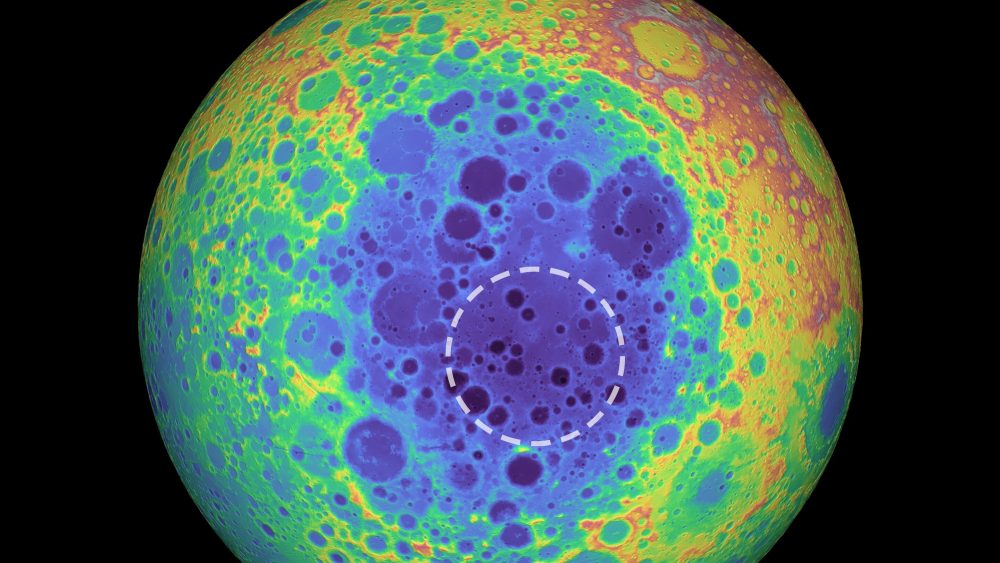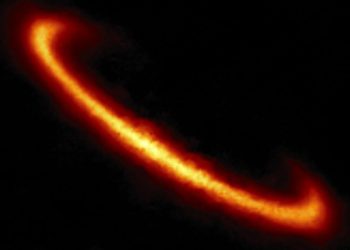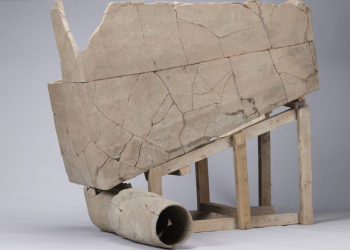Astronomers have found a strange, humongous, deep-mass structure beneath the largest crater in our solar system; the Moon’s South Pole Aitken basin. There, researchers discover an anomaly with a massive unexpected mass. Although it’s not aliens, astronomers say that the mysterious mass may very well contain the metallic remnants from the asteroid that slammed into the Moon, forming the crater. “Imagine taking a pile of metal five times larger than the Big Island of Hawaii and burying it underground. That’s roughly how much-unexpected mass we detected,” said lead author Peter B. James, Ph.D., assistant professor of planetary geophysics at Baylor’s College of Arts & Sciences.
An oval crater
The crater located on the far side of the Moon is an oval-shaped region around 2,000 kilometers wide. Measurements throughout th years have revealed it is several miles deep. The new, anomalous mass beneath the crater is detailed in the study “Deep Structure of the Lunar South Pole-Aitken Basin,” published in the journal Geophysical Research Letters. To spot the anomaly, astronomers analyzed data from NASA’s Grail Mission, which allowed them to measure gravity strength changes around the Moon accurately. “When we combined that with lunar topography data from the Lunar Reconnaissance Orbiter, we discovered the unexpectedly large amount of mass hundreds of miles underneath the South Pole-Aitken basin,” James said. “One of the explanations for this extra mass is that the metal from the asteroid that formed this crater is still embedded in the Moon’s mantle.”

Mysterious structure
The researchers revealed that the dense mass of the structure –“whatever it is, wherever it came from” is causing the entire basin floor to weigh in by more than half a mile. The researchers’ team revealed through computer simulations of asteroid collisions into the Moon that, under the right conditions, iron-nickel cores from asteroids could have been dispersed into the Moon’s upper mantle during collisions. “We did the math and showed that a sufficiently dispersed core of the asteroid that made the impact could remain suspended in the Moon’s mantle until the present day rather than sinking to the Moon’s core,” James explained. In addition to coming from asteroid impacts, astronomers say that the mysterious structure’s origin could be related to the concentration of highly dense oxides left there by the last phases of lunar magma ocean solidification.
Join the discussion and participate in awesome giveaways in our mobile Telegram group. Join Curiosmos on Telegram Today. t.me/Curiosmos











